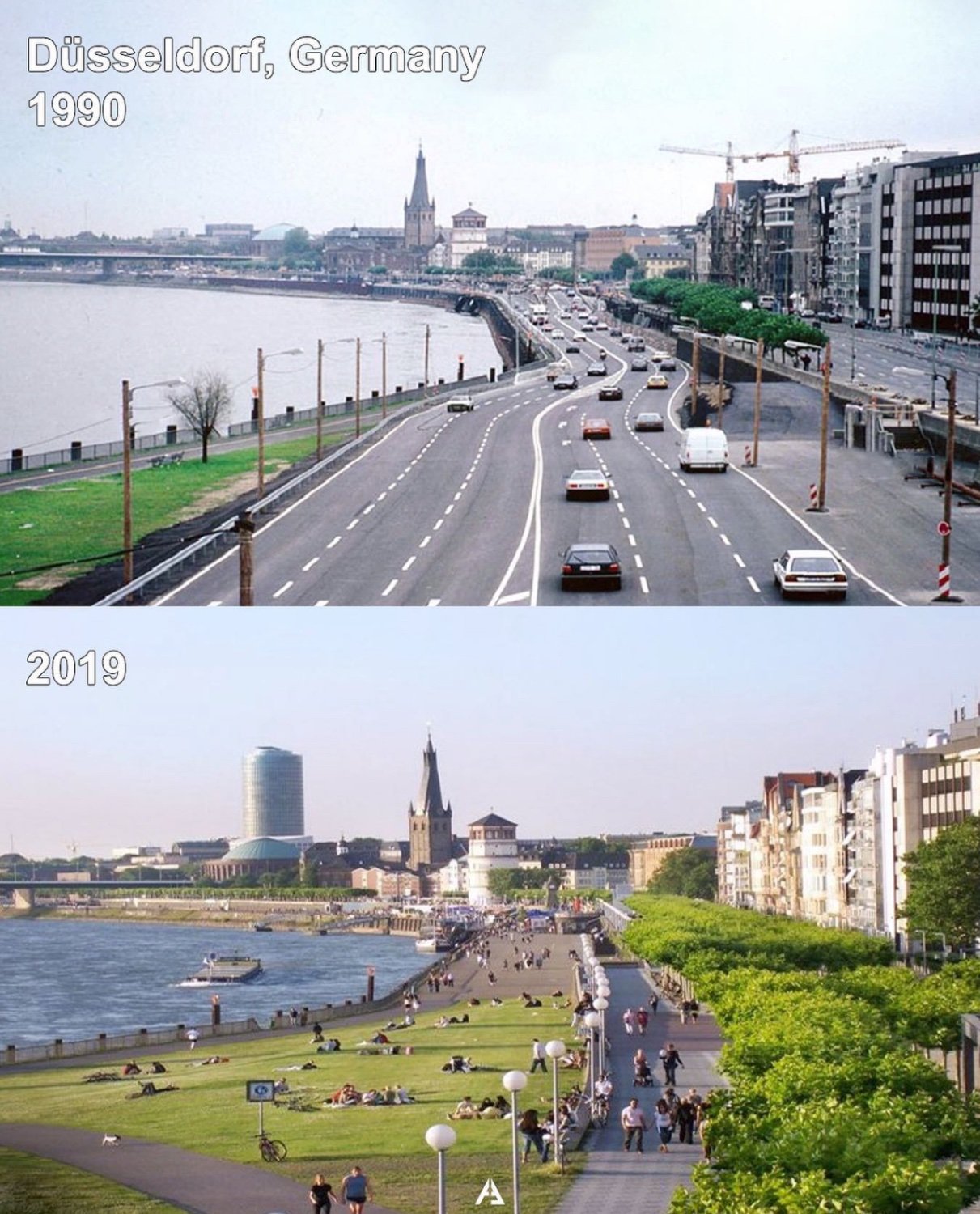this post was submitted on 27 Jul 2023
2004 points (95.3% liked)
Mildly Interesting
17669 readers
9 users here now
This is for strictly mildly interesting material. If it's too interesting, it doesn't belong. If it's not interesting, it doesn't belong.
This is obviously an objective criteria, so the mods are always right. Or maybe mildly right? Ahh.. what do we know?
Just post some stuff and don't spam.
founded 2 years ago
MODERATORS
you are viewing a single comment's thread
view the rest of the comments
view the rest of the comments

I remember as a kid hearing this vague ideological warfare around it. The Boston Science Museum had a big exhibit on it, as a kid I learned nothing about it. Then it was lamented for being wasteful spending - and only now do I hear about how it was meant to give us back urban areas.
Sure did. I’ve lived in RI my whole life save for when I lived just barely into MA about 5 years ago.
Pardon the Reddit link, but as soon as I saw a before and after a few months ago, I was awestruck.
That's surprising to me. I remember at the time, NBC Nightly News and PBS Newshour (my family's news diet in the 90s) did stories about it, and they both definitely mentioned reclaiming city space as one of the benefits.
I think the Big Dig, while it ended up costing several times what it was supposed to, will go down in history as one of the best highway projects of its era. It also proved infrastructure naysayers wrong. A lot of people insist that any highway projects always just induce demand, resulting in even more congestion, but the Big Dig did nothing of the sort. To this day, 30 years on, Boston traffic is still not as bad as it was pre-Big Dig.
Induced traffic does not mean that traffic on a specific place inevitably goes back to what it was before a new highway. It means that total traffic, including old and new infrastructure, always goes up if the total road capacity goes up.
Do you think the total car traffic in the Boston area today is greater than it would have been had the Big Dig not been built? If yes, the 'infrastructure naysayers' were correct.
Of course, this means new highways can be locally beneficial, for example when they are used to divert car traffic from a city center. But they still deepen the overall car dependency. Investing in rail-bound transportation while imposing heavy fees on car traffic into the city would likely be a better use of resources.
It's probably gone down, actually, at least in per capita terms. Boston's population is a lot bigger than it used to be, so that has to be taken into account.
Keep in mind, the Big Dig actually reduced the total number of highway ramps, which is part of why it increased traffic flow. And by reclaiming neighborhoods from elevated highways, it reconnected areas. You can easily walk places that were not possible before.
Boston is far from car dependent; it's probably one of the worst cities in America for drivers, and best for cyclists and pedestrians.
The comparison is between today and 'today but without the highway', not between today and before the highway was built. If the population increase is greater with the highway there, that's still part of the induced demand.
A city being "bad for drivers" is not a great indicator of it not being car dependant. Cities in the Netherlands are probably the most walkable and bikable on the planet, and also great to drive in because there are hardly any cars.
How about comparing the before, where rush hours totaled like six hours a day of bumper to bumper, stop and go, just sitting there polluting, wasting so much time, money, health. Today, while rush hours is still too long, traffic continues to move, no stop and go, much less time sitting there, raging. Today, on the surface in Boston, there is likely much less traffic, benefitting everyone
Because the point of the comparison is to determine if the infrastructure investment was cost effective. What would traffic look like today if the money had instead been used to build public transport, bike lanes, and walkable streets? If the alternative investment had improved traffic even more, building the highway was the wrong thing to do.
In the case of the Big Dig, it did.
-- just look at those pictures someone linked, and they don’t actually do it justice. Before, you might have to cross under a six lane elevated highway with surface streets. Now getting from one part of the city to another is a literal walk in the park. Reconnecting parts of the city to be walkable was one of the main goals, and it achieved
-- part of the mitigation was required transit improvements. Of course, some of that was delayed by politics, but I believe it did happen.